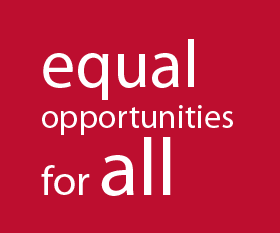|
Q. What percentage of the general population is comprised of people with disabilities?
Between 4.4% and 4.6%. As of 1 January 2014, about 192,000 residents of Armenia were registered as “people with disabilities within category 1, 2 or 3.”
Q. Does Armenia have anti-discrimination legislation that protects people with disabilities?
Yes. The Armenian Law “On Social Protection for Persons with Disabilities in the Republic of Armenia” is the national law that specifically references and protects the rights of people with disabilities. Also the Armenian Constitution Article 14.1 states that “Any discrimination based on any ground such as … disability … shall be prohibited.” While these laws are valuable, they are not enforced as they were intended.
Q. Has Armenian government signed the Convention on the Rights of Persons with Disabilities and Optional Protocol?
Yes, on 30 March 2006 Armenia signed the Convention and the Optional Protocol. The National Assembly ratified the Convention in 2010; however, Armenia has not ratified the Optional Protocol so far. Therefore, individuals with disabilities cannot complain directly to the UN body if they feel their rights are violated.
Q. Is the public transport system in the capital city accessible?
No, unfortunately the metro and bus system in the city is not accessible to people with limited mobility.
Q. Are schools, colleges and universities accessible?
No. Several schools in Yerevan are equipped with ramps; however, most of their facilities (including bathrooms) are inaccessible for people with mobility issues. Only American University of Armenia (AUA) is fully accessible.
Q. Is training on teaching children with disabilities included in the curriculum used for all teachers in Armenia?
No. However, special education training is available to teachers who wish to take it.
Q. Is physician training on provision of care to people with disabilities available during both medical school and residency?
Yes. Disability training is an essential part of the professional curriculum for all of the future medical professionals. Each educational module includes a section Q. What is the unemployment rate for people with disabilities in Armenia?
Only 8 to 9% of employable individuals with disabilities actually have jobs.
Q. Is the national news captioned for hearing-impaired viewers?
Yes, the Public Armenian Television and several privately-owned TV channels accompany their prime-time news coverage by subtitles. ALM, a privately-owned TV channel which used to cover most of the territory of Armenia, provided sign language translation for its news and many other programs. However, ALM was closed several years ago.
Q. Are printed and electronic materials available in alternative formats for visually impaired and blind people?
Yes, they exist but are insufficient. There is also a computer software, Arev, which is designed for visually impaired people.
Q. Do people with disabilities have to pay for technical aids?
The government provides persons with disabilities with technical aids free of charge. For example, wheelchairs are provided free of charge once per 3 years. However, the quality of free technical aids (wheelchairs, hearing aids, etc.) is frequently poor. |





